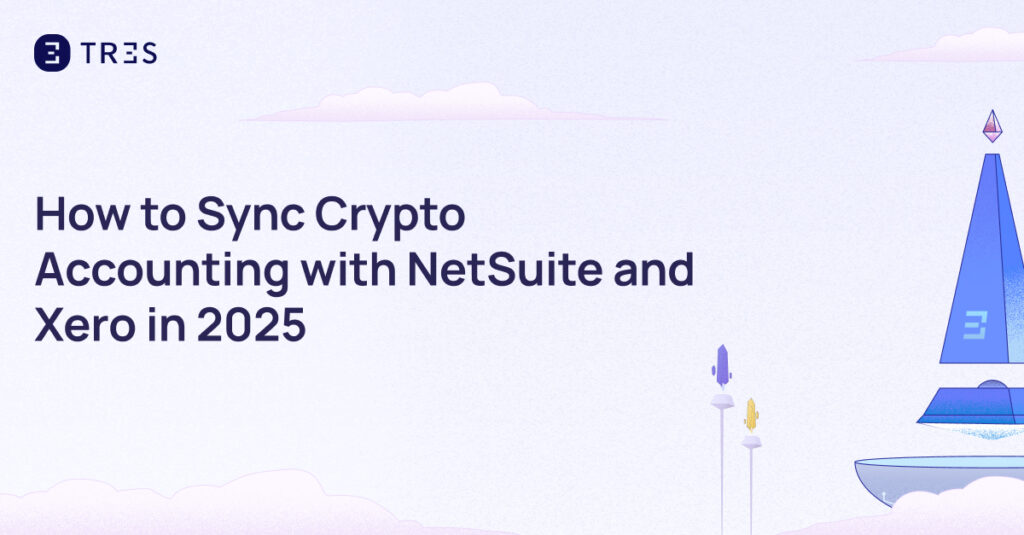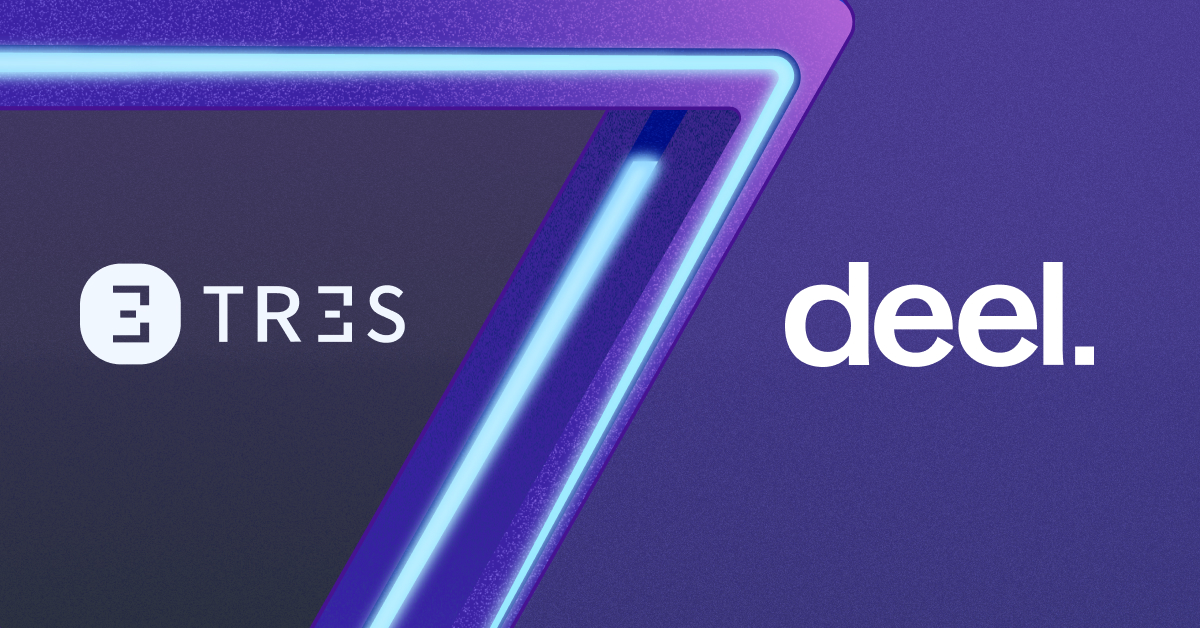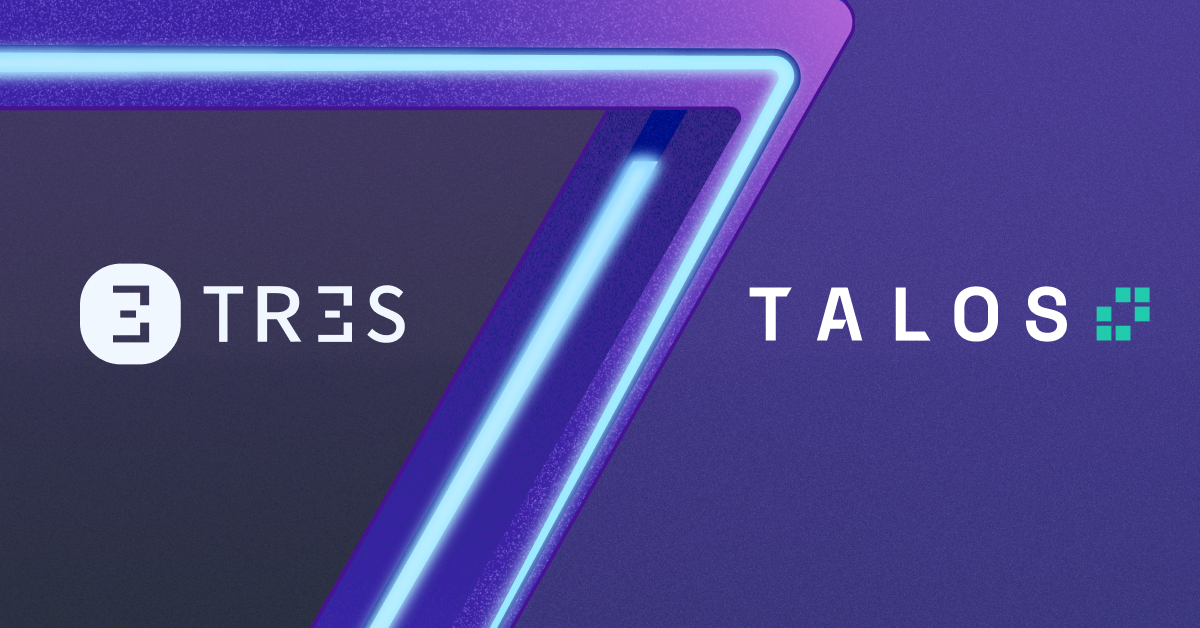
TL;DR: This guide offers a practical roadmap for finance teams, accountants, CFOs, and crypto operators to integrate cryptocurrency accounting with NetSuite or Xero in 2025. It covers the need for integration, the role of tools like TRES Finance, common challenges, best practices, and future trends, ensuring audit-ready financial reporting and operational efficiency.
Intro
Finance teams managing crypto operations face a fundamental infrastructure problem: their enterprise accounting systems weren’t designed for blockchain transactions. Organizations processing cryptocurrency payments, holding digital assets in treasury, or facilitating crypto transactions for clients discover that NetSuite and Xero—platforms that efficiently handle traditional financial operations—cannot natively ingest, categorize, or reconcile blockchain-based transactions.
The operational burden compounds quickly. Controllers spend hours manually exporting crypto transaction data, categorizing blockchain activities that ERPs don’t recognize, creating journal entries for activities the system cannot process automatically, and reconciling positions across disconnected platforms. During month-end close, finance teams piece together financial statements from traditional ERP data and separate crypto tracking systems, introducing reconciliation errors and audit trail gaps that create compliance risk.
The market infrastructure supporting crypto-ERP integration has matured significantly. PayPal’s launch of PayPal USD (PYUSD) stablecoin, integrated with crypto wallets like MetaMask and Venmo, demonstrates how traditional financial institutions are embedding crypto utility into familiar platforms1, making seamless integration not just possible but essential for competitive advantage. Similarly, e-commerce platforms integrating cryptocurrency payments through Salesforce Commerce Cloud have improved competitiveness by enabling seamless crypto payment options2. These implementations prove that crypto-ERP synchronization is no longer experimental—it’s production infrastructure supporting real business operations.
For CFOs and controllers evaluating integration solutions in 2025, the business case is straightforward. Proper crypto accounting synchronization with NetSuite or Xero eliminates manual reconciliation overhead, produces audit-ready financial statements that include crypto operations seamlessly, provides real-time visibility into digital asset positions within familiar ERP dashboards, and scales with transaction volume without proportional increases in finance team workload.
This guide examines the technical architecture enabling crypto accounting synchronization with NetSuite and Xero, the specific integration requirements for production-ready implementations, the operational workflows that automation enables, and the compliance advantages that organizations gain by eliminating the manual layer currently separating crypto operations from core financial systems. Because the question is no longer whether to integrate crypto with your ERP—it’s how to implement synchronization that delivers audit-ready results while reducing operational overhead.
Understanding the Need for Integration
Picture this: your accounting team closes the books each month, but your crypto transactions exist in a parallel universe of blockchain explorers, exchange APIs, and DeFi protocols…
Industry expert May Zabaneh, VP of Product at PayPal, highlighted that the compelling ability to send payments over blockchain in seconds at a fraction of the cost drove PayPal to integrate crypto services deeply1, reflecting how operational efficiency drives strategic decision-making.
- Real-time financial visibility. Automated data feeds ensure your general ledger reflects crypto activity immediately…
- Standardized reporting frameworks. Integration allows crypto transactions to flow through established accounting workflows…
- Enhanced audit preparedness. Automated documentation and trail creation satisfy auditor requirements…
- Improved decision-making capabilities. When crypto data integrates seamlessly with traditional financial metrics…
However, integration isn’t without its challenges…
The Role of TRES Finance in Integration
Now here’s where the conversation gets practical…
TRES Finance operates as an intelligent middleware layer that speaks both languages fluently…
The platform’s automated financial data syncing capabilities address the core pain point…
This automation extends beyond simple transaction recording…
TRES Finance automatically generates the supporting documentation that auditors require…
The fair value calculations deserve special attention…
Advantages of using TRES Finance alongside NetSuite and Xero become apparent…
The platform also provides something that manual processes simply can’t offer: scalability. A newly developed crypto trading platform attracted 15,000 new active users in six months through seamless trading and fund transfers3, demonstrating how quickly crypto operations can grow…
Common Challenges in Crypto Accounting Integration
Even with sophisticated tools like TRES Finance, finance teams encounter predictable challenges…
Data accuracy and precision challenges become more complex… Elliptic, recognized as the gold standard in crypto-related regulatory compliance, provides blockchain monitoring solutions for clients such as Coinbase, Revolut, and Santander4…
Fair value measurement presents ongoing challenges…
Security considerations extend beyond protecting crypto assets…
Staff training represents a significant but often overlooked challenge…
Best Practices for a Seamless Integration
Picture this scenario: your finance team has decided to integrate crypto accounting…
E-commerce platforms that integrated cryptocurrency payments through Salesforce Commerce Cloud improved competitiveness by resolving checkout UI customization and payment failure handling issues2…
Leveraging automation tools like TRES Finance becomes crucial…
Ongoing monitoring and adjustment represent critical success factors… Power Ledger’s use of blockchain combined with Google Cloud Platform services enables real-time insights and operational efficiency across continental operations5…
- Transaction processing time – Measure how quickly crypto transactions flow from occurrence to general ledger posting…
- Exception rates – Track what percentage of transactions require manual intervention…
- Reconciliation accuracy – Monitor discrepancies between blockchain records and accounting system balances…
- Compliance metrics – Track audit findings and documentation completeness…
Future Trends in Crypto Accounting and Integration
The crypto accounting landscape is evolving rapidly…
Regulatory technology (RegTech) solutions are becoming more sophisticated… Elliptic’s recognition as the gold standard in crypto-related regulatory compliance, serving clients like Coinbase, Revolut, and Santander, demonstrates the critical importance of specialized compliance infrastructure4.
Predictions for the future of integration tools suggest several significant developments…
How TRES Finance will adapt to these trends reflects the platform’s commitment to staying ahead of industry developments…
The future of crypto accounting integration points toward increased automation, better regulatory compliance, and more sophisticated analytics capabilities…
Finance teams that embrace these emerging trends and implement robust integration solutions today will be better positioned to handle the increasingly complex crypto landscape of tomorrow…
References
- Tearsheet — From Isolation to Integration: How Financial Firms Are Building the Infrastructure for Crypto’s Real-World Usability ↩
- Ksolves — Salesforce Commerce Cloud Cryptocurrency Payments Case Study ↩
- Coherent Solutions — Cryptocurrency Exchange Case Study ↩
- Elliptic — Customer Success Stories ↩
- AI Multiple — Blockchain Case Studies ↩
Interested in TRES?




